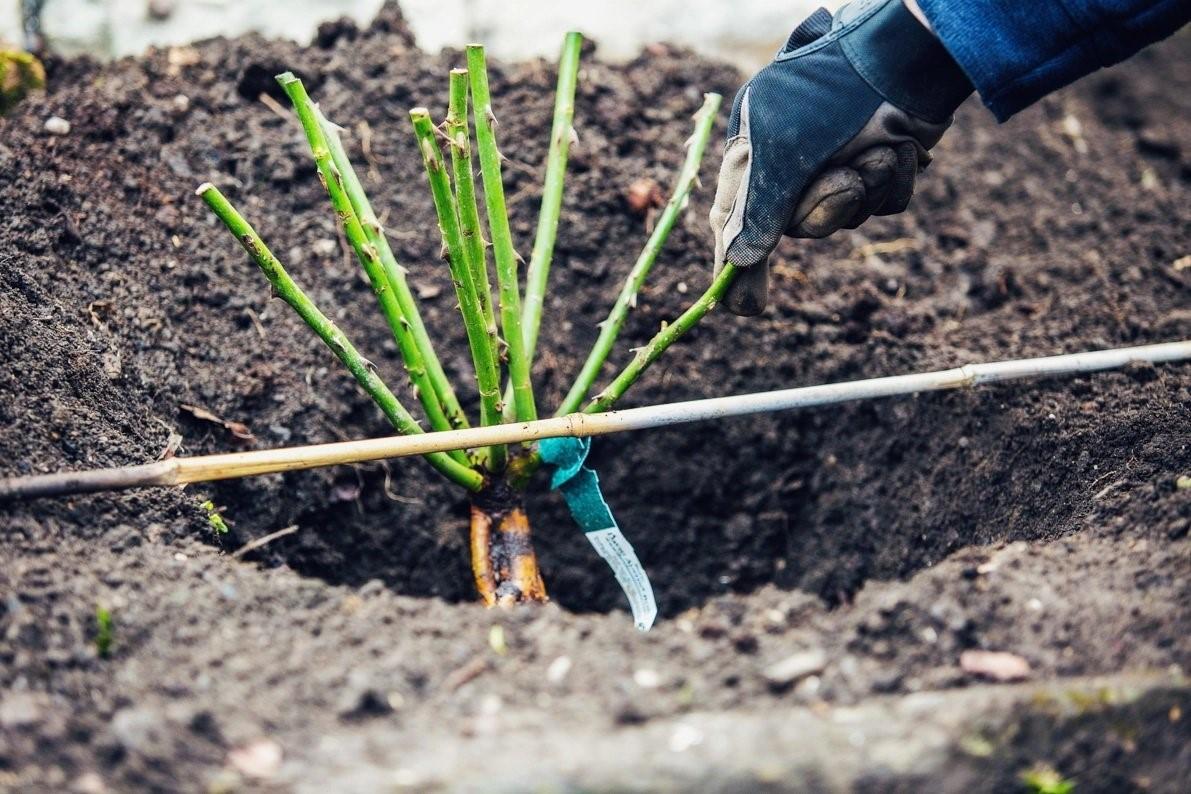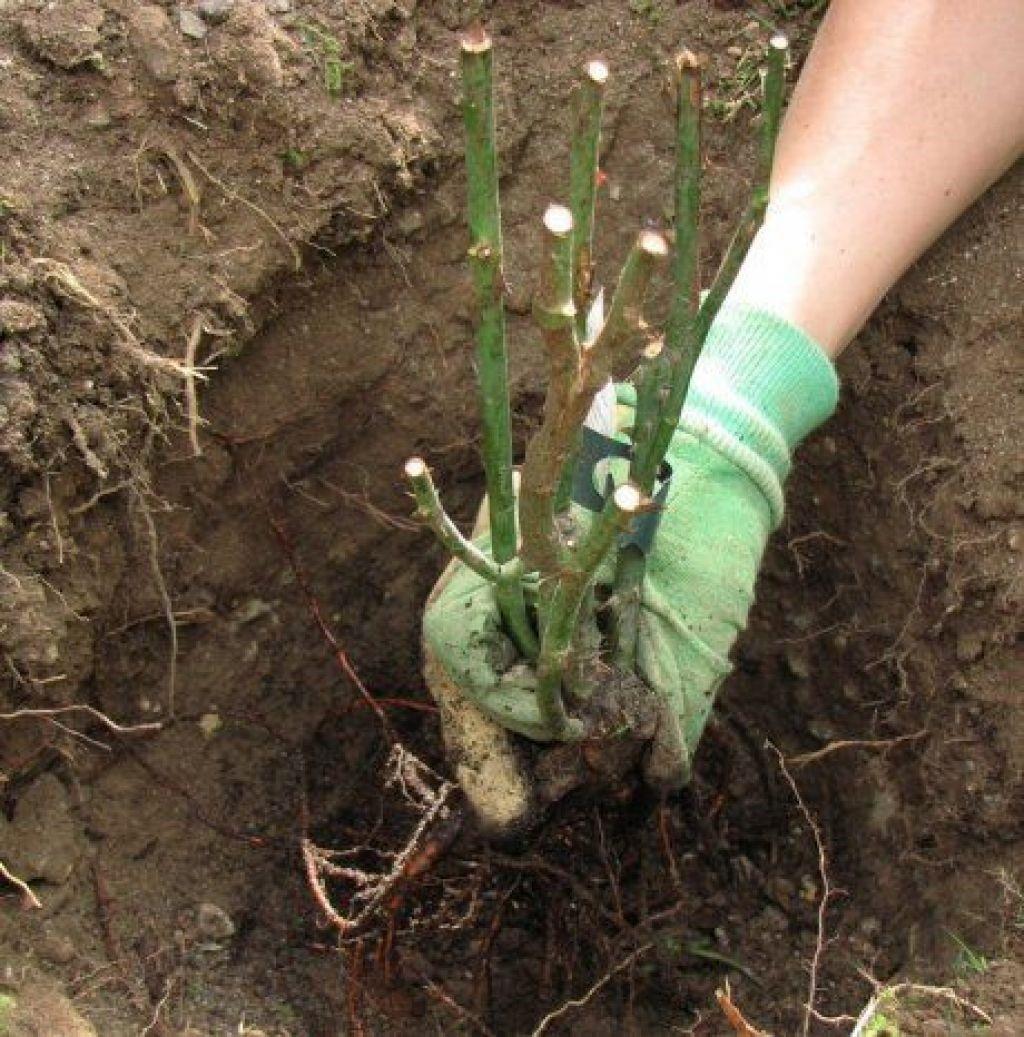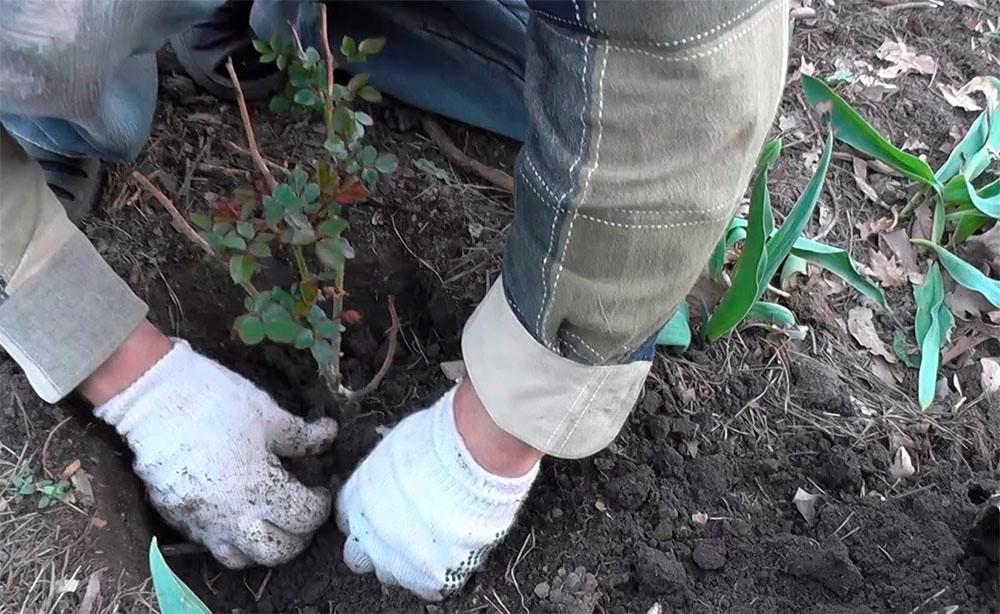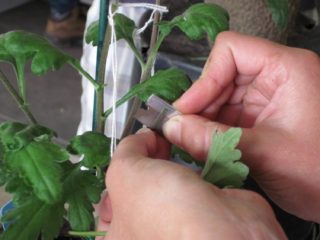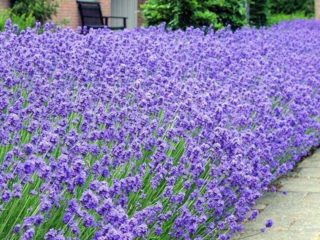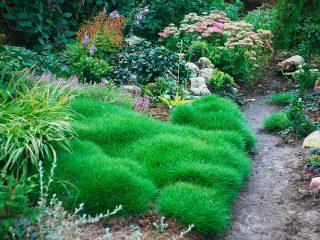Content
A rose bush will not grow lush if you do not know agricultural techniques. It is advisable to familiarize yourself with this before planting to increase the chances of rooting. Before carrying out work, you should know that roses love soil of a certain acidity and humidity. These factors can be adjusted in different ways.
What kind of soil do roses like based on acidity?
The plant is considered one of the most demanding - it is sensitive to the choice of soil and does not tolerate temperature changes and precipitation. Experts have found that roses can grow in any soil (except swampy).

In Siberia, roses are planted in the ground on the south side; in the Moscow region, they rely on weather conditions
The crop takes root most successfully in loamy soil. It contains enough nutrients to promote adaptation and long-term flowering. However, this is not enough. It is important to know the acidity of the environment. The Queen of Flowers prefers slightly acidic areas. If the rate is high, the rose will not be able to grow normally.
How to determine soil acidity for roses
You can find out the acidity of the soil for garden roses using different methods. They use specialized instruments, an acidity indicator, folk remedies, or study local vegetation.For roses, the optimal level is 5.5-6.5 points.
The easiest and fastest way is to use the device. It is sold in garden stores. The purchase price is not always justified.
A cheaper option is an acidity indicator. It can be found in a pharmacy or hypermarket in the household chemicals section. It is a container into which dry soil is immersed. The ground is filled with water. After half a minute, the liquid will change color. The kit comes with an indicator scale to determine the acidity.
You can determine the approximate acidity of the soil for a garden rose using folk remedies. To do this, prepare two containers with soil. The first is filled with vinegar solution, and the second with baking soda. If in the latter case a reaction occurs, the soil in the second container is acidic, and in the first container it is alkaline. When no reaction occurs, it means the earth is neutral.
There is an electronic and mechanical meter. The electronic one gives the exact result. To do this, dig the device into the soil and look at the screen.

The color scale will help to identify the pH of the earth
Preparing soil for garden roses
Planting on wet, saline soil is not allowed. The same applies to sandy and acidified soils. A bad option is heavy loam. Roses grow well in loose areas rich in humus.
If the soil is not optimal, it should be prepared:
- For loamy soils, leaf soil and coarse river humus sand are used. There should be a lot of sand - 60% of the total composition.
- Humus, leaf soil, and fine clay are added to sandy soils.
The substrate is added to the pit and mixed.Dig up six months before planting. Before work, the roots are kept in a clay mash.
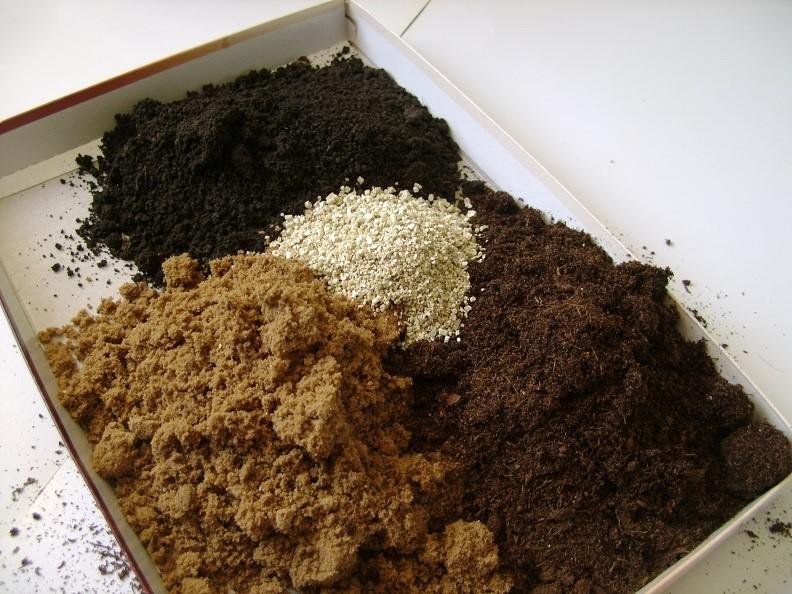
The richer the soil, the less stress the rose will experience during the rooting process.
To create favorable conditions, a layer of mulch is formed around the roses. For this you can use sawdust or fine grass. It is important not to overdo it, otherwise liquid will begin to accumulate under the material.
Planting is done as follows:
- They dig a hole. The dimensions must correspond to the length of the roots so that they do not bend (usually 50 cm is enough).
- For loamy soil, the rose needs a depth of 15 cm, if the soil is heavy - 50 cm.
- Before digging, the soil is mixed with a nutrient substrate. You can use store-bought fertilizer or add 1 cup of ash.
Some gardeners use HB 101. It contains a mixture of different plants, which, when added to the soil, become a source of nutrients. Thanks to this, the rose’s immunity improves, the adaptation process accelerates, and the flowering time increases.
How to increase soil nutrition
Roses in the garden need fertile and breathable soil. If the soil is not nutritious enough, organic and mineral supplements are added. Before planting, the pit is drained and the necessary substances are used.
If the rose will grow in the room, fill the container with a store-bought mixture. It is disinfected and balanced. The health of the seedlings themselves plays a big role. If they are viable, they will take root in any area.
You can improve the quality of the land yourself. In the case of loamy, clay and sandy soils, they are guided by the above scheme - leaf soil, humus and river sand. The last ingredient must make up at least 60% of the total fertilizer, the rest - in equal proportions.
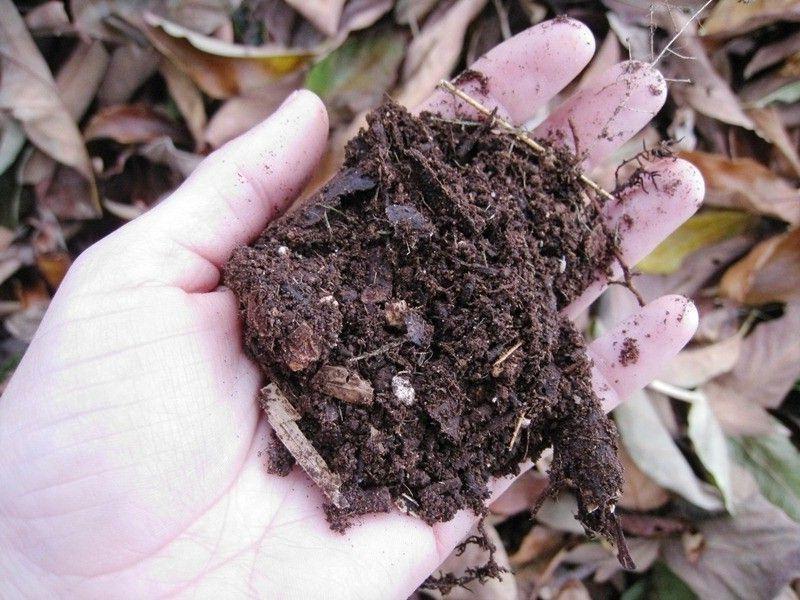
In addition to the nutrient substrate, there should be drainage at the bottom of the pit - stone or pebbles
If it is not possible to prepare the soil, buy store-bought. The buyer needs to know the variety of rose, since the soil mixture is sold in different variations - slightly acidic, neutral, sour, moistened, dry.
Determination of soil moisture
Humidity determines the looseness of the soil. If it is dense, the water stagnates. Roses do not respond well to too much liquid. There are two simple ways to check humidity. You need to dig a small hole and pour water into it. How quickly moisture seeps inside will indicate looseness.
You can also use com. If it crumbles in your hand, there is no liquid in it. Consequently, the soil needs additional nutrition. If the clump remains intact, the humidity level is above 30%, which has a beneficial effect on the condition of the roses.
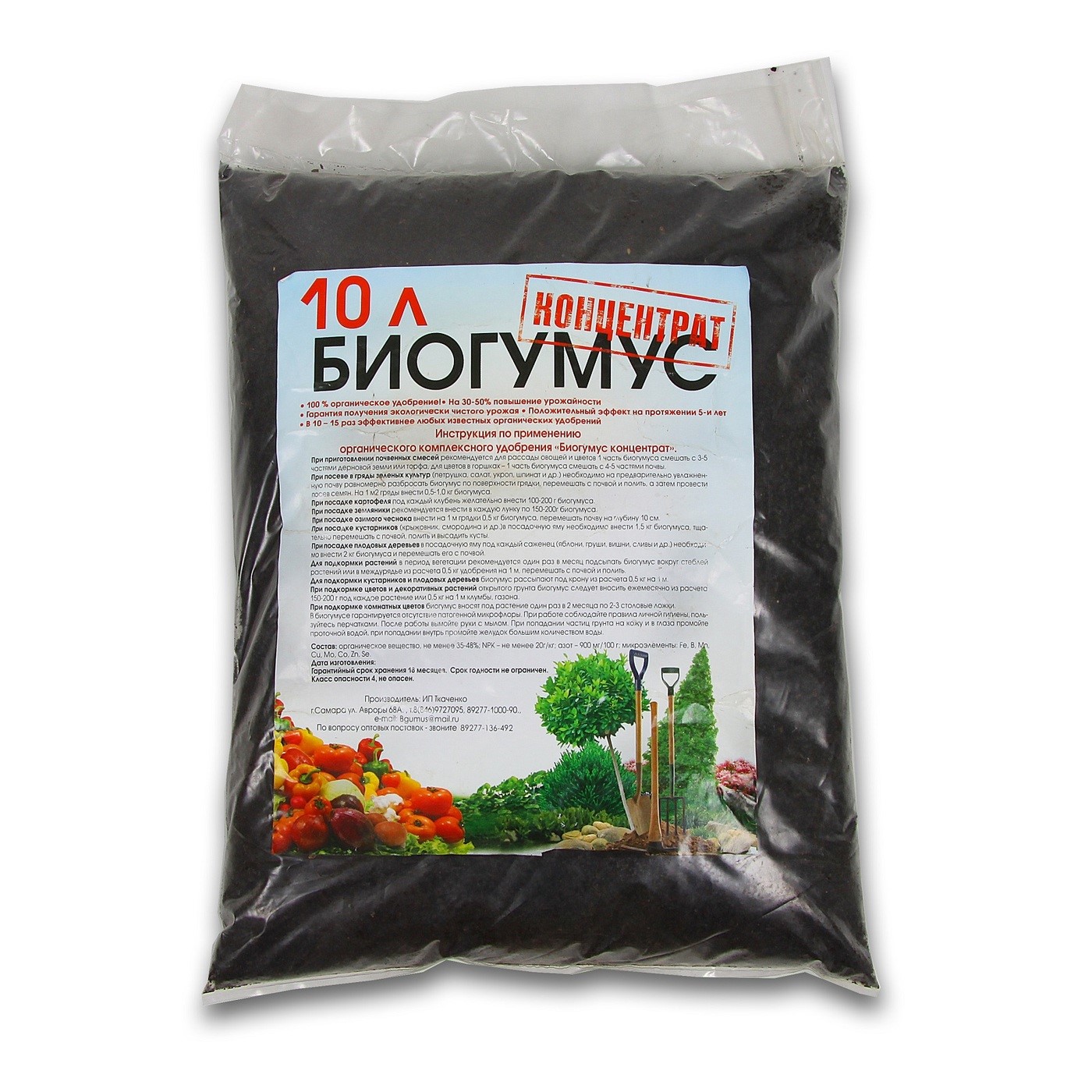
A good replacement for soil mixture is vermicompost
How to maintain optimal soil composition
It is possible to grow a lush rose garden only in nutritious soil. To maintain the site in optimal condition, the following procedures are carried out:
- Saturated with small fauna. It’s good if there are a lot of organisms in the ground - worms, snails, beetles - because they contribute to the growth of the plant. For their development, organic additives are added. The best of them is overripe manure.
- Improves the chemical composition of the soil.Soil quality can be regulated by adding colloidal particles that retain nutrients. They are found in mineral and organic fertilizers. Another important point is the addition of sand and clay.
- Increases breathability. Rose roots need oxygen. In heavy soils, access to fresh air is difficult, especially since the plant has to be buried deeper than usual. You can increase breathability by regular loosening or adding manure.
- Add nutrients. They are divided into micro- and macroelements. Like humans, roses need both. It is important to follow the dosage, otherwise an excess will provoke illness. For pests to appear, it is enough to slightly oversaturate the soil with nitrogen. Therefore, it is easier to use complex supplements. The instructions are on the packaging of the substance.
- Don't forget about watering. Roots need water, without it growth is impossible. To ensure that the liquid evaporates more slowly, the root zone is mulched and the area is leveled. Irrigation helps increase humidity levels if the plant begins to dry out.
- Regulate acidity. Fertilizing roses on acidic soils should be done with caution. Most varieties do not survive in such conditions. You can reduce the rate using dolomite flour. It is valid for 4-5 years.
This is a simple but effective prevention that will help prevent the rose from wilting.
Conclusion
Roses love slightly acidic and well-drained soil. Gardeners make the mistake of trying to find a spectacular place for a crop, but forgetting about the condition of the soil. Before planting, you need to check the site’s humidity and acidity and then create a rose garden.
